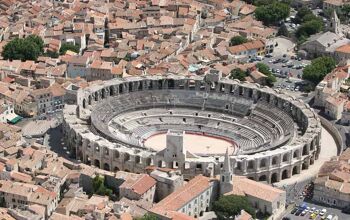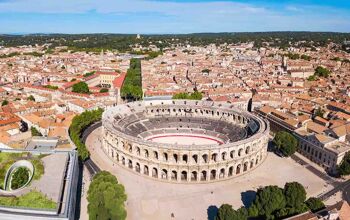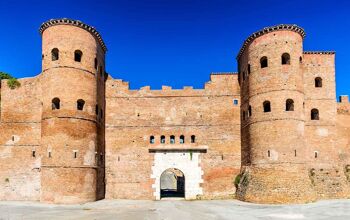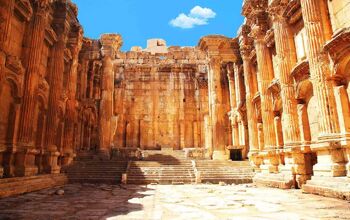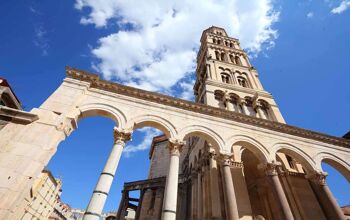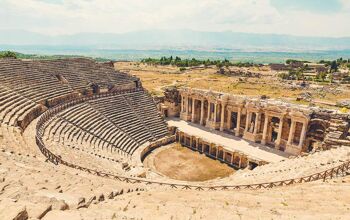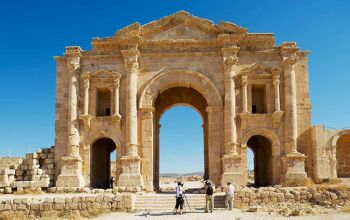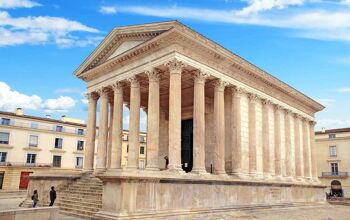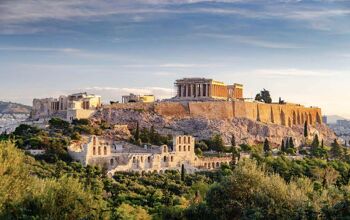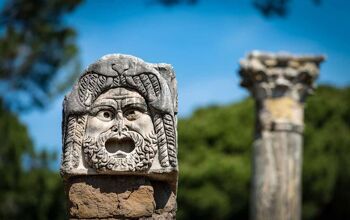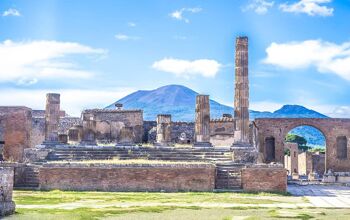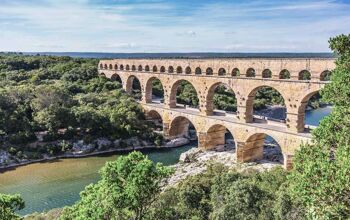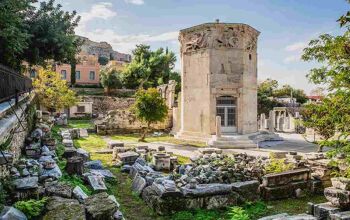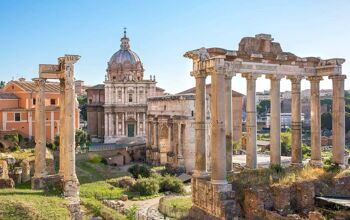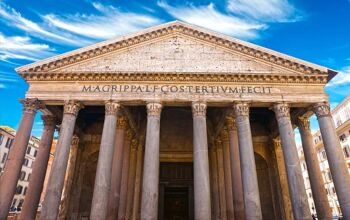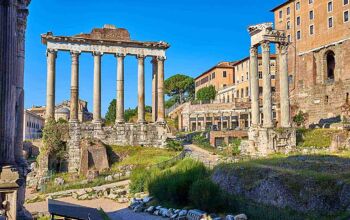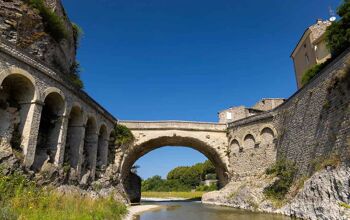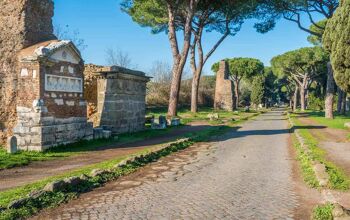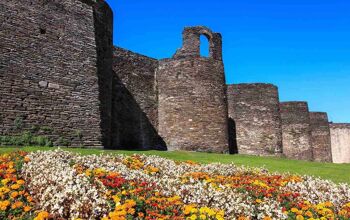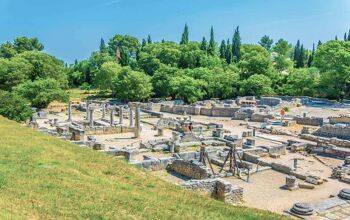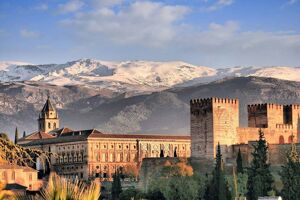When was the Roman Empire?
The Roman Republic, founded in 753 BC, came apart in a series of civil wars (2nd-1st centuries BC) and finally ended in 27 BC with the proclamation of Augustus as ‘princeps’, effectively the first emperor.
The Empire reached its height in extent and prosperity in the 2nd century AD, and began to disintegrate in the 5th (Sack of Rome, AD 410). The last emperor in the west died in 476, though the Greek eastern half would live on, as the Byzantine Empire, for another thousand years.
What was the extent of the Roman Empire?
At its height, the Empire ruled over all the shores of the Mediterranean, and vast territories beyond it: in western Europe all of what is now Spain, Portugal, France, Switzerland and Italy, most of Britain, and parts of Germany, Belgium and the Netherlands. In eastern Europe Austria, Hungary, Slovenia, Croatia, Bosnia, Serbia, Romania, Bulgaria, Albania, Macedonia and Greece.
In Africa, Rome ruled the habitable coastal parts of Morocco, Algeria, Tunisia, Libya and Egypt. In Asia, all of Turkey, Armenia, Israel and parts of Georgia, Azerbaijan, Iraq and Syria.
Why did the Roman Empire fall?
After the golden 2nd century, the cost of maintaining the long defense lines, the imperial court and the state bureaucracy led to ruinous taxation and the gradual extinction of the middle classes. Cities that once generated wealth became charity cases. A tiny class of aristocrats came to own almost everything, leaving the rest with little incentive to support the regime.
When the barbarians moved in, many were glad to see them.
Where are the oldest Roman ruins?
Rome wasn’t a great builder until the time of Augustus, though under the republic there was wealth enough for some major building projects in the city, including some of the aqueducts (Aqua Marcia), the original Forum and the Forum of Caesar, a bridge on the Tiber (the Pons Aemilius), the Circus Maximus, and the still-standing temples of the Forum Boarium.
Which country has the best Roman ruins?
Not surprisingly, the best are in Italy, especially in and around Rome and Naples. Rome was the capital of the Empire. Northwest Italy has its share too.
Outside Italy, Turkey comes next, with dozens of great cities that prospered through the imperial centuries. Provence in France, one of Rome’s first conquests outside Italy, has a lot too.

